Shoppers mourned when it was announced 20 years ago that Aberdeen’s House of Fraser store on Union Street was to close.
The sense of loss was acute.
It was a major blow for generations of north-east folk who always believed the city’s oldest and most loved store would always be there on Union Street.
It presaged what was sadly to become the norm a couple of decades later which was the lights going out in department stores throughout the land.
To mark two decades since the death knell sounded for the iconic store, we have opened DC Thomson’s archives to look back at House of Frasers life and times in Aberdeen.
Humble beginnings
The birth of what would become House of Fraser began in a wee shop in Narrow Wynd, between Castle Street and Shiprow.
The year was 1788. Australia had just been discovered and Scots were mourning the death of Bonnie Prince Charlie.
Spotting a gap in the market, city entrepreneur Alexander Falconer began selling a range of drapery products and a few bits and pieces of clothes.
The business was virtually an overnight success and began a succession of moves to bigger and better locations.
First there was Queen Street, then the Shiprow, and finally the prime site at 67 Union Street, named the Royal Buildings, in 1871.
The grand, four-storey building meant the Falconer family could diversify into a wider range of products, specialising in smart clothes for adults and children, dress-making, fancy goods and home wear.
They even built up a large cache of wealthy customers in the colonies, who regularly sent away for the famous Falconer catalogues and had their orders shipped abroad.
The store was modernised and expanded at the beginning of the 20th century when an astonishing 300 staff worked there.
Celebrated
Falconers soon became one of the most celebrated stores in Scotland – on a par with Jenners in Edinburgh and Lewis’s in Glasgow.
For little girls from all over the north-east, it had a special place in their hearts – home of the miracle-working Dollies’ Hospital.
The first big change came in 1952 when House of Fraser bought the store, although it continued to be known by its original name until 1975.
The famous chain, owned by the wealthy Fraser family, also took over and changed the name of two more of Aberdeen’s much-loved department stores – Isaac Benzies, which became Arnott’s, and Watt and Grant.
However, by 1980 there were ominous rumblings that all was not well with the company, which by that time owned around 60 famous stores across the UK.
Rumours were rife that many faced the axe.
Much to the sadness of Aberdonians, the doors of Arnott’s and Watt & Grant did finally close forever.
By contrast the future of Frasers in Union Street looked golden.
The company announced a mighty £7 million expansion plan which involved taking over the old Royal Bank of Scotland building on the corner of Market Street and the next door tobacconist.
“The new store will be the Harrods of the North,” boasted company bosses announcing the brave new plan in 1981.
However, the scheme was plagued with problems when Frasers – who wanted to demolish the magnificent RBS building – fell foul of the conservation lobby.
After much wrangling, they eventually agreed to maintain and preserve part of the arched bank building.
But that pushed the costs of the six-storey project up to an eventual £9 million on its completion in 1985.
Over-ambitious
The company admitted they would not have gone ahead with such an ambitious scheme if they’d realised the final cost.
That same year, after a highly publicised battle with Lonhro’s Tiny Rowland, the Fayed Brothers took over Frasers, mainly to become the proud owners of the flagship London store, Harrods.
Things seemed steadier over the next decade.
But then, in 1994 the Frasers chain was floated on the stock market, the Fayed family hanging on only to the London jewel in their crown.
It proved to be a bad move for the Fraser empire, the new public company losing nearly £14 million in its first year.
Rumours were rife of closures and staff lay-offs, which came to a peak in 1996 when it looked as if the Aberdeen store was on the hit-list of 10 earmarked for closure.
More job losses
Once again, the Union Street store escaped the chop.
But the next year came a round of job losses to balance the books.
After that shoppers and staff breathed easy, believing the popular Aberdeen store was doing well and would continue to flourish well into the new century.
They were proved wrong in 2002.
Stores in Aberdeen, Dundee and Perth were earmarked for closure.
The grand building was bought by Glasgow construction giant Dawn Developments although Frasers said it might reopen in Aberdeen if it could find a suitable site.
A spokesman said: “We’re not looking at a new store in Perth or Dundee, but if we can get the right store in the future in Aberdeen we would be interested.”
He added that the problem with the store on Union Street was that it did not contain the “wide open spaces” which the chain was looking for to incorporate the design of its stores.
The store remained open until January 2003.
Store manager Keith Montgomery said it was a sad day for everyone involved.
“Many customers have been saying how sad it is that the store is closing,” he said.
“They have told us it will be a loss to the city.”
Dawn Developments sold the building to supermarket giant Sainsbury’s.
House of Fraser reinvented itself in 2011 as a ‘concept store’ for Click and Collect in Union Square but that didn’t take off.
Scotland’s remaining department stores are all but gone including the nostalgic name of House of Fraser which served Aberdonians for generations.
You might enjoy:
Dedicated followers of fashion: Remembering glamorous Aberdeen department store Watt and Grant
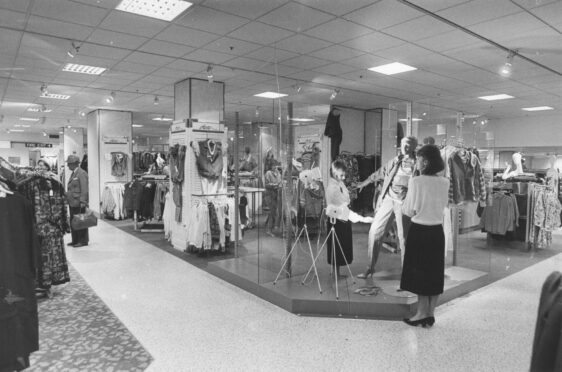
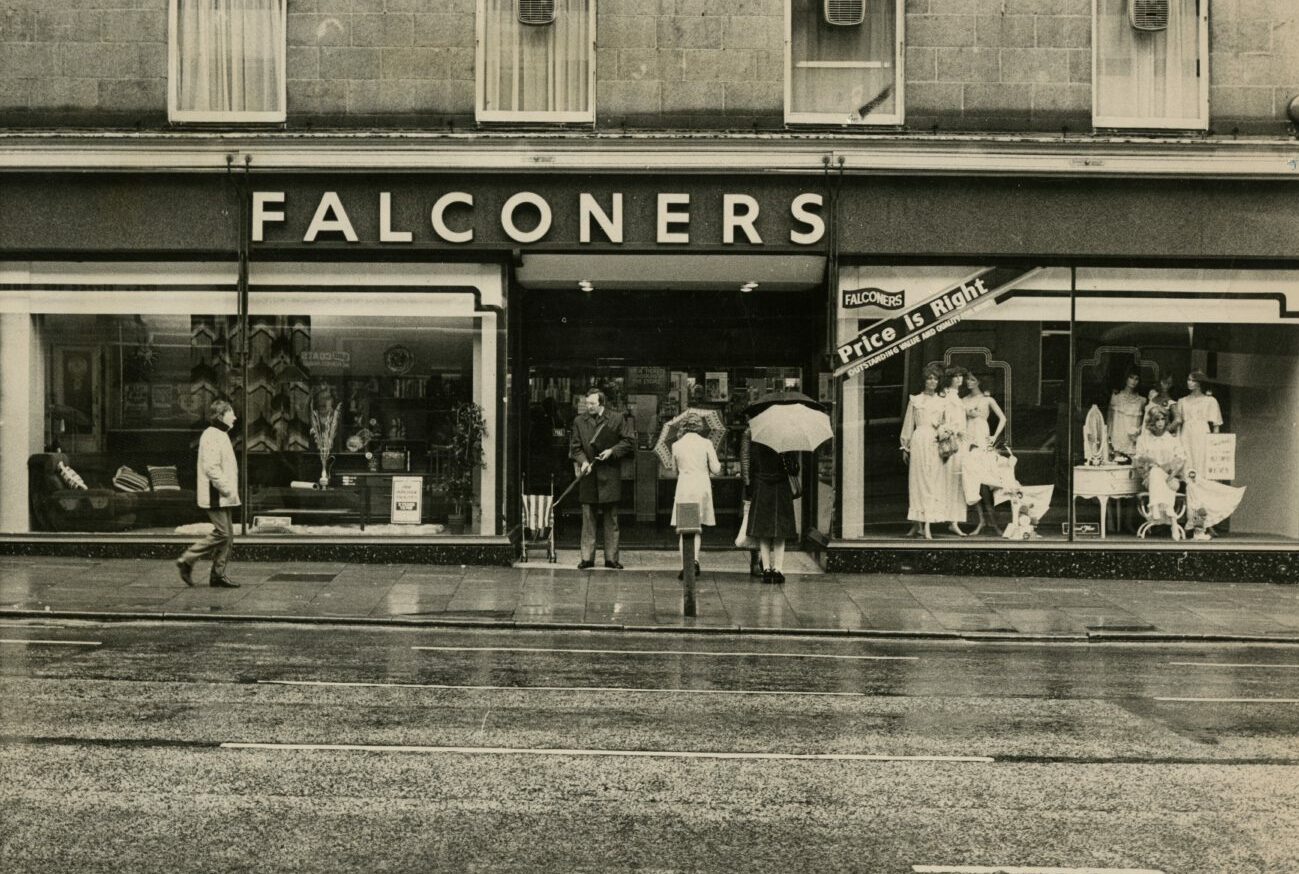

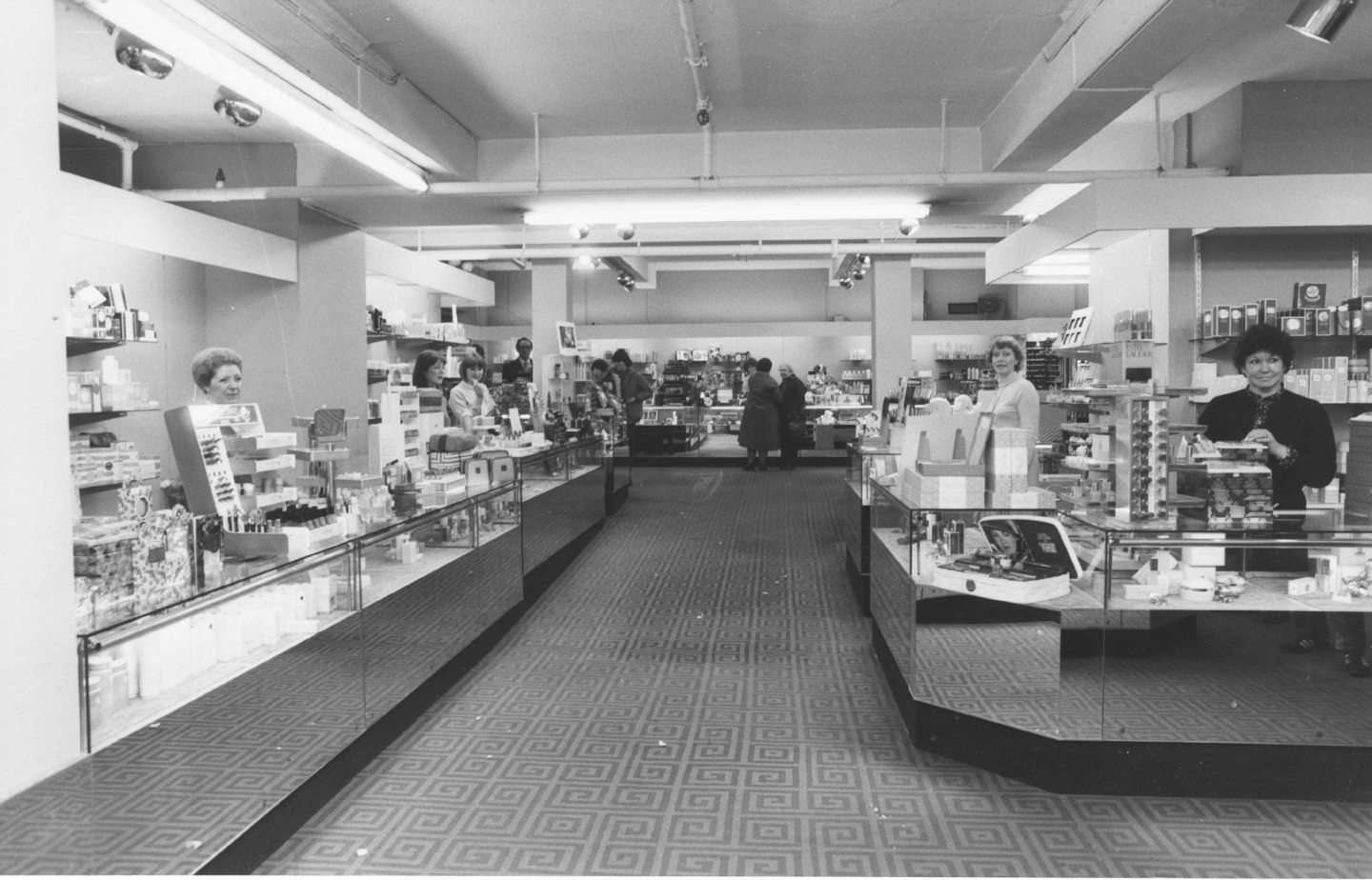
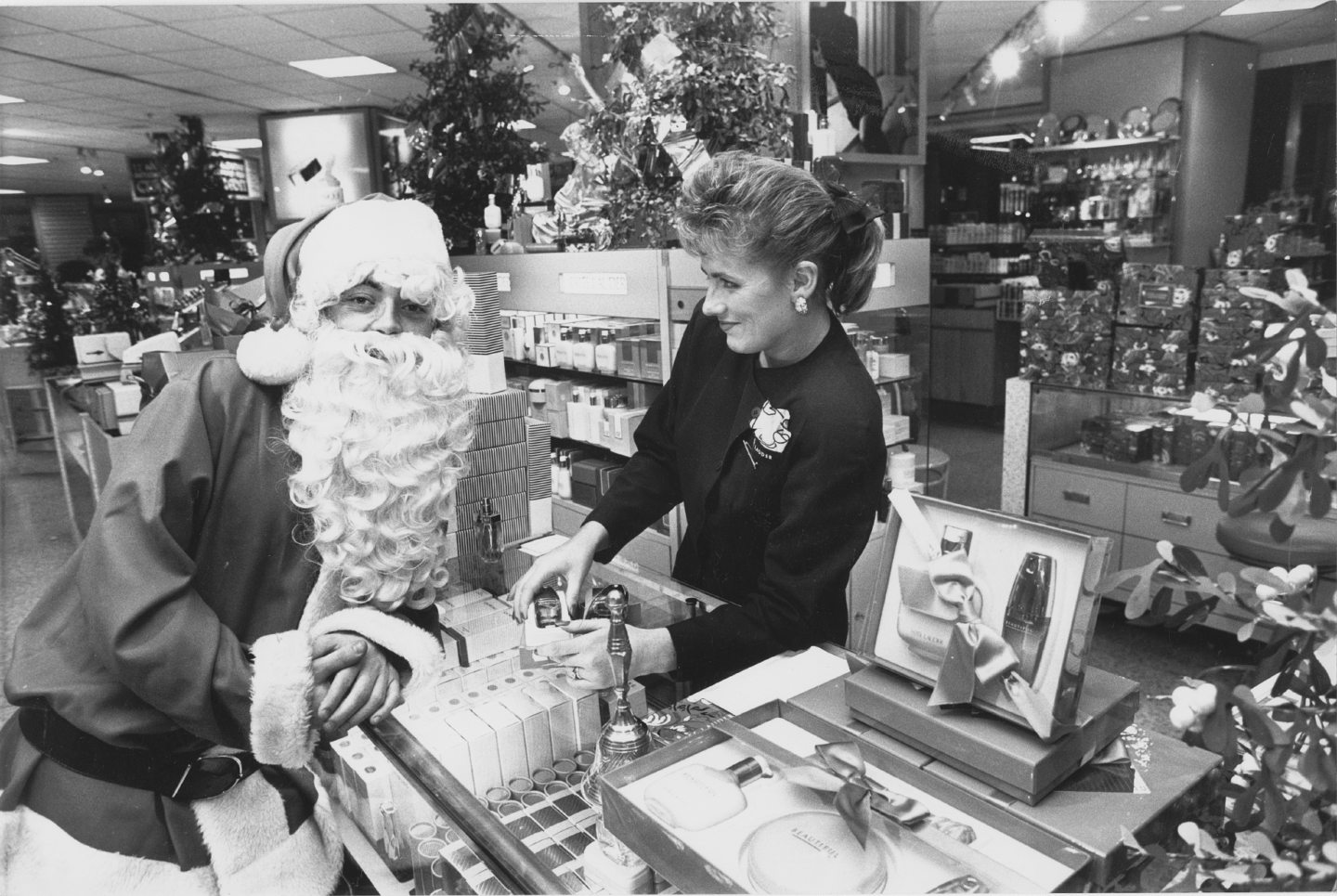
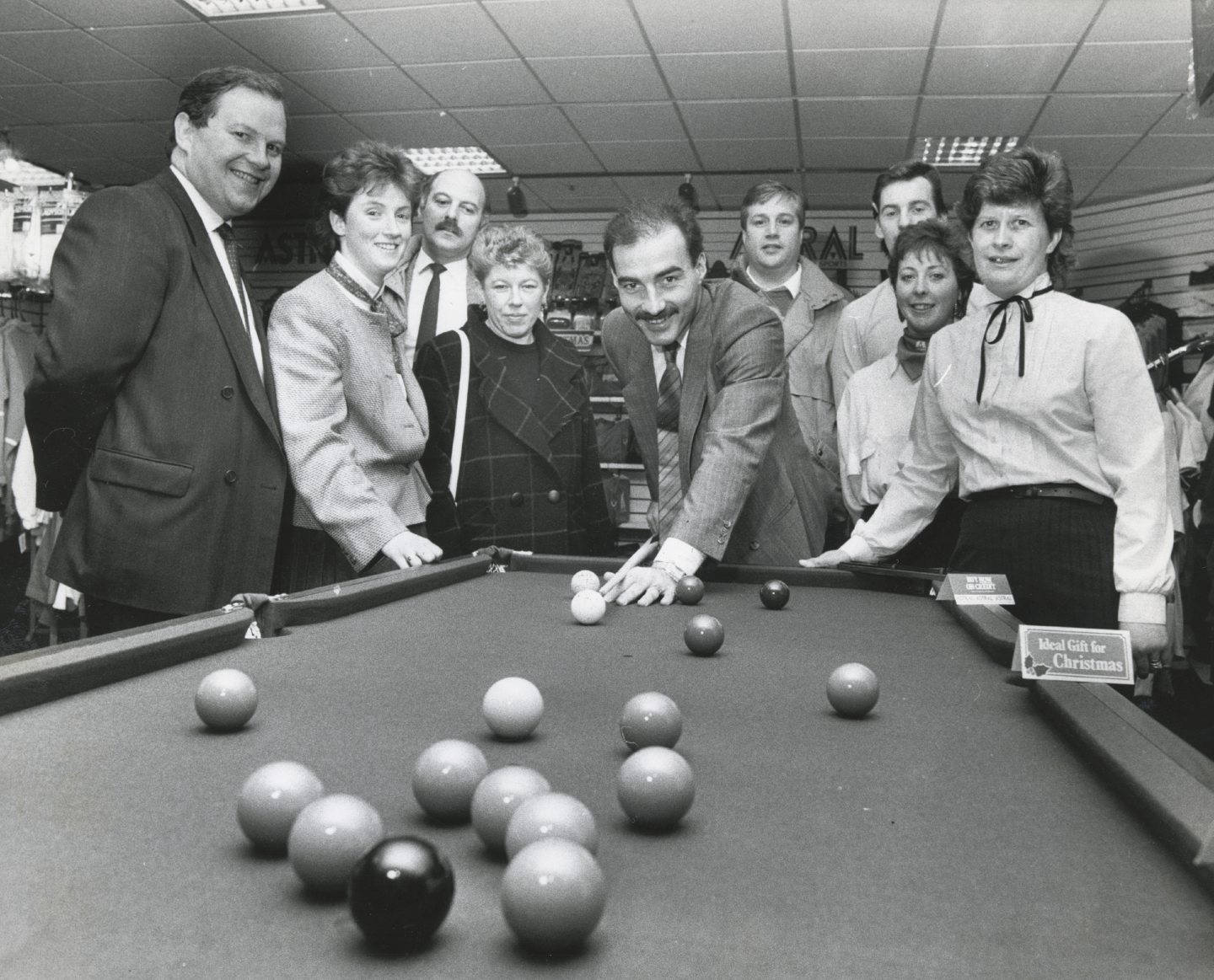
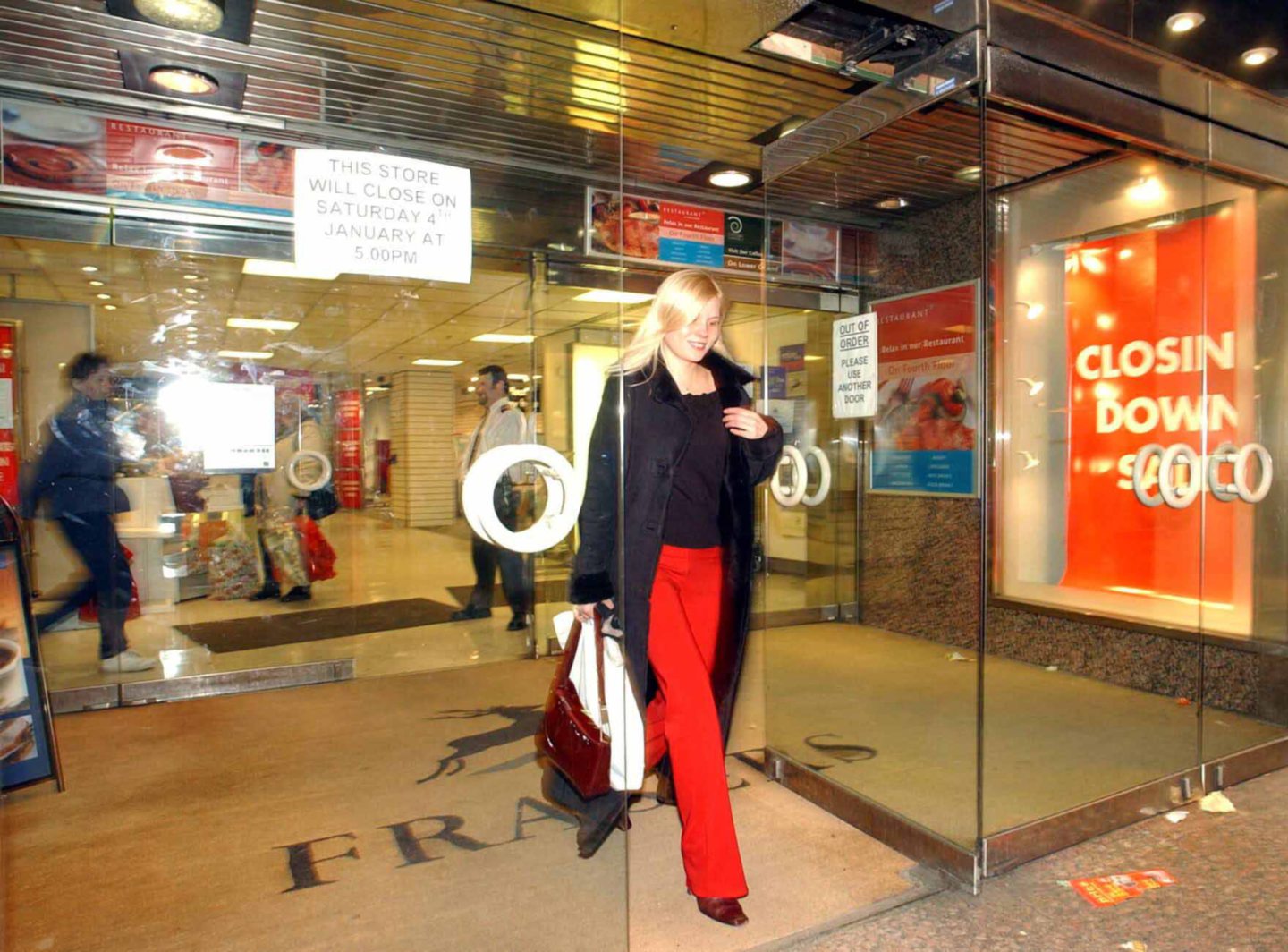
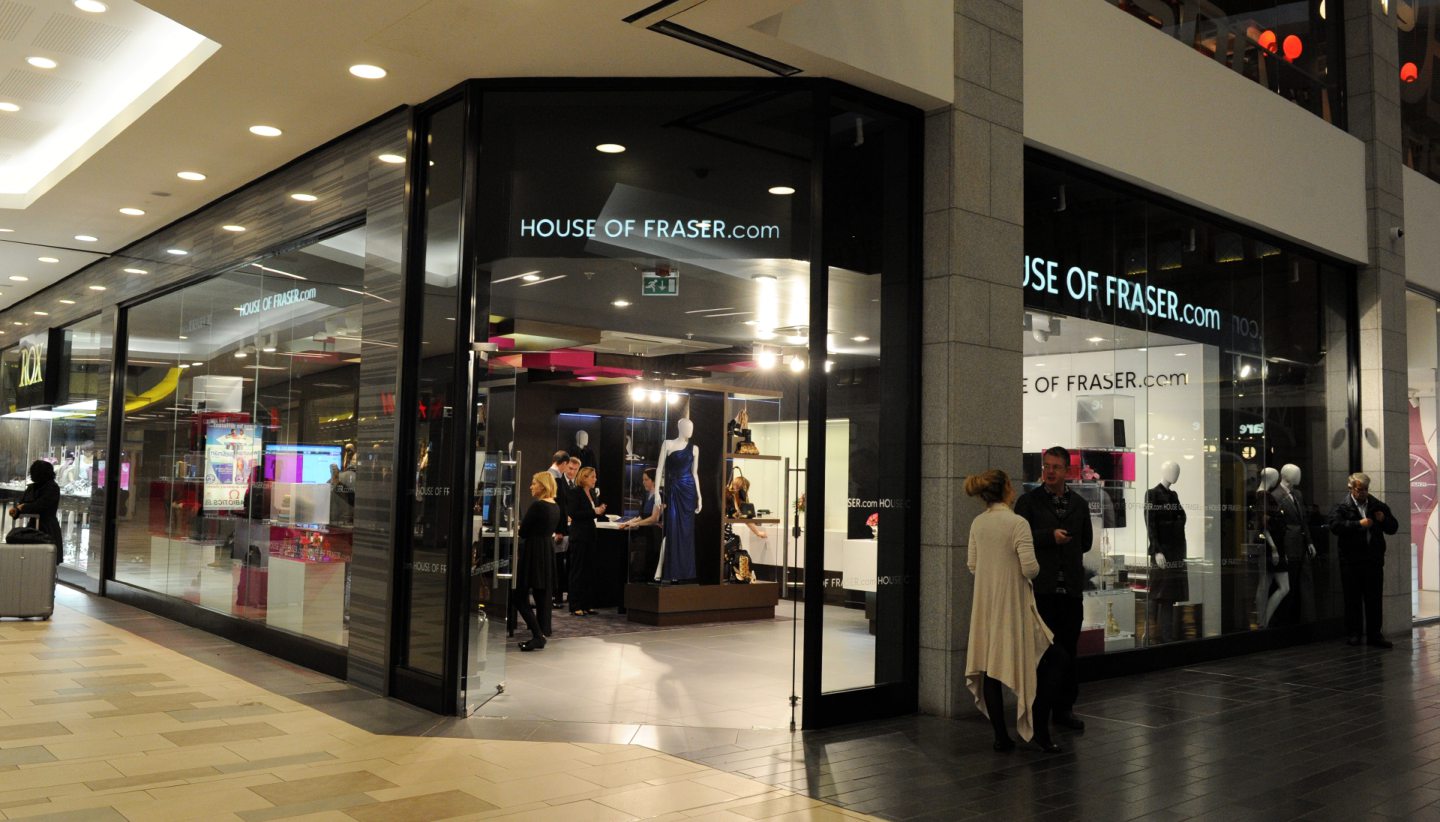
Conversation